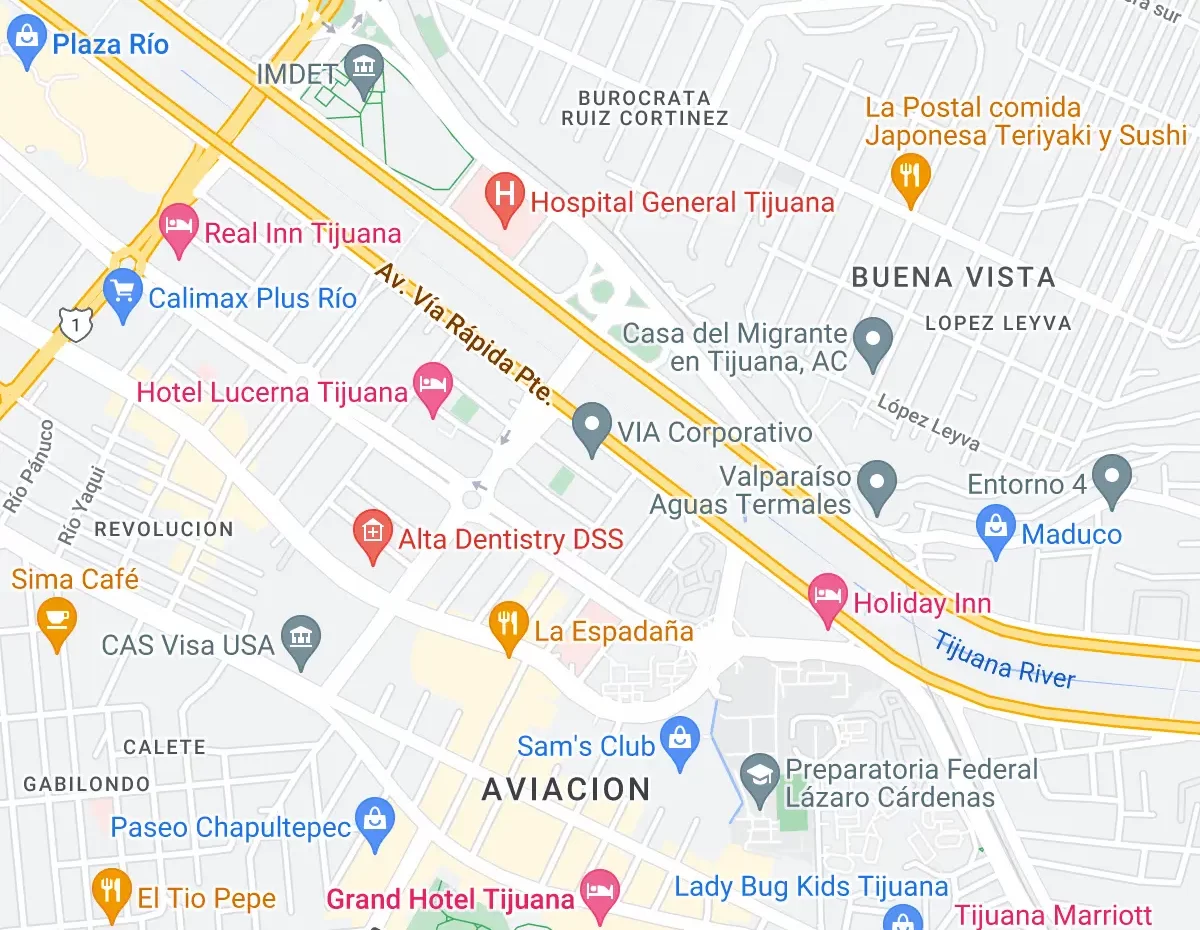Have you heard about this before? Yes, alcohol has the ability to make your blood thin. However, this blood-thinning characteristic of alcohol does have any positive aspect or not is another debate.
According to experts, blood thinning is beneficial to prevent ischemic types of strokes that occur due to blockage in vessels. Since alcohol possesses the same thinning property. Some people believe that it can help prevent heart strokes that occur due to blockage in the vessels. On the other side, alcohol can pose serious life threats becoming a leading cause for the second type of heatstroke.
Hemorrhage strokes occur due to severe bleeding. This thinning property makes the blood significantly thin so that the flow of blood increases. Please also read Why To Stop Drinking?
Both thinning and thickening characteristics of blood are required and somewhat beneficial within a certain limit. Beyond the standard limit, if anything happens, it will certainly cause you to face some problems. These may be in the form of short-term or long-term effects.
How Much Alcohol Is Required For Blood Thinning?
Since alcohol possesses the characteristic to make the blood thin, we should know about the safe amounts as a preventive measure.
Following are the recommended daily alcohol consumption on a gender basis.
Women can drink up to one drink per day
Men can drink a maximum of two drinks per day
Above are the guidelines for both genders to keep their alcohol consumption within these limits. In case of exceeding these limits, the consequences can be severe. Excessive drinking is a problem for many reasons, and blood-thinning is of them. However, for moderate drinkers, this ain’t a problem. Also, Read for how long does alcohol stay in your system.
Let’s move on to how alcohol produces its anticoagulant (blood-thinning) effect.
How Does Alcohol Thin Your Blood?
The blood-thinning effect is known as anticoagulation in medical terminology. Its reversible process is coagulation which occurs with the help of a type of blood cells called platelets or thrombocytes. Platelets facilitate blood clotting which is entirely an opposite process.
What happens during this process?
Whenever you have an injury to any site of your body, it signals platelets to reach that site. Platelets can adhere together forming a network of fibers that later turn into platelet plugs. This plug blocks the opening as a result of the cut and prevents blood loss from the wounds.
This platelet aggregation is known as a blood clot. However, this clot after some time when your wounds heal dissolves by the natural mechanisms. If it does not happen, it may cause a problem by blocking the pathway for blood in the vessels to flow. Ultimately, there are chances that your main organs, such as the heart, brain, or other organs will stop receiving the blood supply.
Alcohol plays its role via inhibiting the platelets to function normally. It does this by two methods either lowering platelet production in the bone marrow or decreasing the tendency of platelets to aggregate. When platelets will not be available to clot blood it will cause blood-thinning. However, as told above, excessive consumption and blood-thinning are not recommended for many reasons.
Interaction of Medications and Alcohol
Knowing that alcohol can help with blood-thinning effects, people misunderstand that it can be frequently used instead of medication. If you start taking blood-thinning prescribed medicines and consume excessive alcohol concomitantly. That will make your blood thin below the desired limit. It is not required in certain conditions, and therefore, excessive thinning will cause bleeding.
It also makes it difficult to control bleeding during surgery. Moreover, you may experience other health conditions due to this effect. Therefore, always ask your physician for safety measures. Like this one, if taking medications along with drinking is safe or not. For Ibogaine treatment New Roots is the best choice. Providing the best Ibogaine Treatment Facilities.
There is another debate, Is addiction a disease or choice? Read here.




